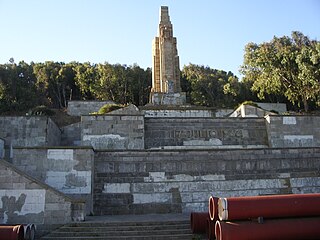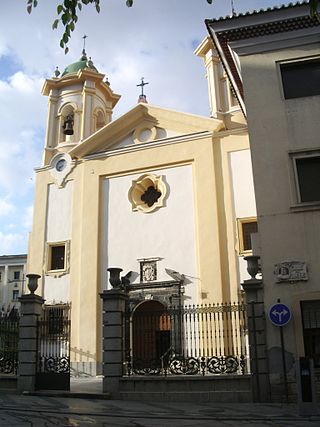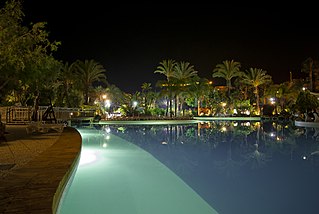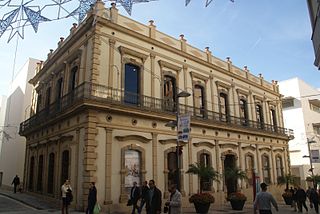6 Sights in Ceuta, Spain (with Map and Images)
Legend
Welcome to your journey through the most beautiful sights in Ceuta, Spain! Whether you want to discover the city's historical treasures or experience its modern highlights, you'll find everything your heart desires here. Be inspired by our selection and plan your unforgettable adventure in Ceuta. Dive into the diversity of this fascinating city and discover everything it has to offer.
Sightseeing Tours in Ceuta1. Monte Hacho
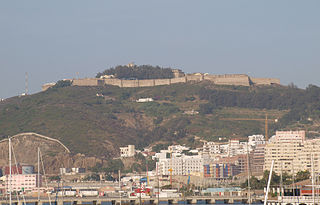
Monte Hacho is a low mountain that overlooks the Spanish city of Ceuta, on the north coast of Africa. Monte Hacho is positioned on the Mediterranean coast at the Strait of Gibraltar opposite Gibraltar, and along with the Rock of Gibraltar is claimed by some to be one of the Pillars of Hercules. According to the legend, Hercules pushed apart the two mountains and created a link between the Mediterranean and the Atlantic.
2. Monumento al Llano Amarillo
Monumento del Llano Amarillo is a monument in the Spanish territory of Ceuta, in the North of Africa, at the bottom of Mount Hacho. The fifteen metre monument was moved here from Morocco in 1962 and it is one of the few sculptures left that record Spain's period of Nationalism following the Spanish Civil War.
3. Fortaleza del Hacho
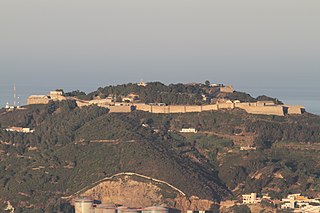
The fortress of Monte Hacho is a fortress used as an anti-aircraft artillery barracks, located on Monte Hacho in Ceuta, about 190 meters high and 800 meters away from the town center. The fortified enclosure covers an area of 10 hectares and has more than forty circular towers from the Umayyad period. In the eighteenth century, 5 artillery bastions were built: the one at the Puerta de Málaga, San Antonio, San Amaro, Tenaza and Fuente Cubierta. These bastions allowed four cannons of medium size each to be installed. They have sentry boxes and, in some cases, a modern bunker at the top.
4. Parroquia De San Francisco
Iglesia de San Francisco is a church in the Spanish city of Ceuta, bordering northern Morocco. It stands at the side of the Plaza de los Reyes, and is a distinctive Baroque twin-towered yellow building. It was built in the early eighteenth century in honour of the Holy Cross and is noted for its Baroque altarpieces and images of the Virgin and Christ.
5. Parque Marítimo del Mediterráneo
The Parque Marítimo del Mediterráneo is a leisure complex covering 55,000 m2 located in the autonomous Spanish city of Ceuta, bordering northern Morocco. It consists of three artificial lakes of salt water, filtered directly from the sea. These are suitable for swimming during the summer months. The park also contains gardens, ornamental waterfalls, sunbathing areas, a stage for concerts and shows and various entertainment establishments such as bars, restaurants, pubs, a casino, and a nightclub, etc. It was designed by the versatile Lanzarote-born artist César Manrique and inaugurated in 1995, nearly three years after his death. It has similarities with Parque Marítimo César Manrique in Puerto de la Cruz, Tenerife, designed by the same architect two decades earlier. In the centre of the complex is a unique building, as it mimics the Royal Walls of Ceuta and the moat of San Felipe. This building houses the casino, a nightclub and a restaurant. The park also has a permanent exhibition about its creator, Manrique.
6. Museo del Revellín
The Museum of Ceuta also known as Museum of the Ravelin, is a museum located in Ceuta, Spain. It is based in the former Pabellón Militar del Cuartel del Revellín, and has a collection of archaeological pieces from the region of the Strait of Gibraltar from the Ancient Age to the Early Modern Age, although it currently holds only temporary exhibitions, while the museum of the Late Roman Basilica of Ceuta acts as a permanent exhibition from Prehistory to the Middle Ages.
Share
Disclaimer Please be aware of your surroundings and do not enter private property. We are not liable for any damages that occur during the tours.
